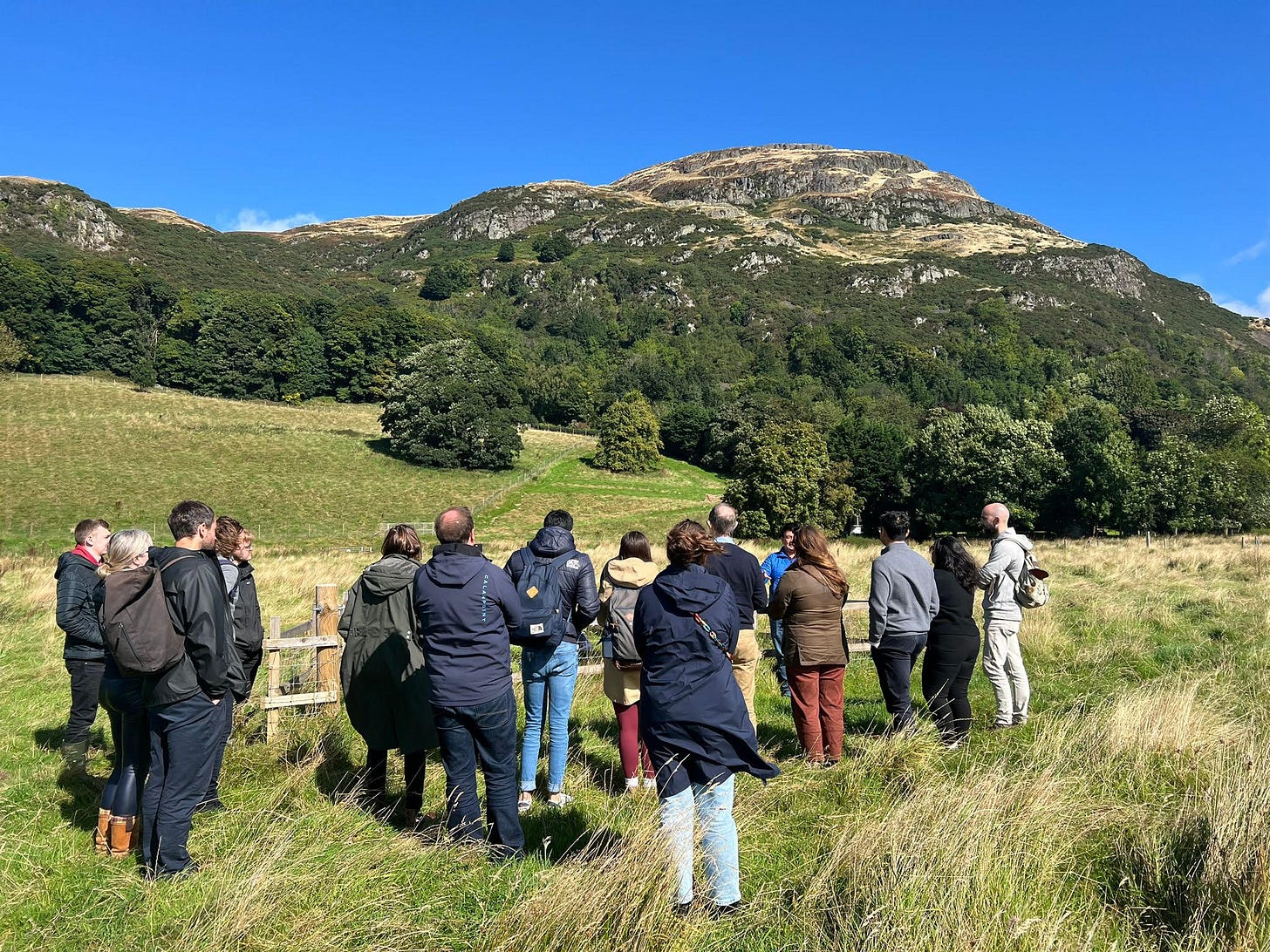How to unlock billions in carbon credit demand
It's possible to buy carbon credits you can trust to have an impact
We, at Pale blue dot, are excited about solutions that align the wallet and the welfare of the planet. But as greenhouse gas emissions increase, so does the planet's temperature and volatility. And we can't just stop incoming emissions; we have to invest in carbon removal and avoidance projects to meet our climate goals!
But, the voluntary carbon markets are different from regular markets as they are fragmented, prices can be unpredictable, and sadly, there are concerns about the integrity of the products sold.
When we met Brennan Spellacy and Aaron Grunfeld, the founders of Patch, we loved the fact that they made it easy to build and execute a carbon credit strategy with confidence.
UNDO's enhanced rock weathering technology enables the distribution and measurement of fast-weathering, nutrient-rich silicate rock fines across agricultural lands. This method not only permanently sequesters CO2 but also delivers a host of co-benefits to farmers, such as improved soil quality.
Breaking down the buyer’s journey for carbon credits
There are five key moments that companies need to follow to deploy capital toward climate solutions when buying credits in the voluntary carbon market:
The strategy phase requires an understanding of carbon markets' complexity and rapid evolution. It’s often the first and most common point of failure for a buying process. The standards and policy landscapes are fragmented, with dozens of regulations around the globe relevant to the voluntary carbon market and a byzantine system of decentralized standards bodies, verifiers, certifiers, and rating agencies.
The source phase is when buyers query suppliers to find carbon credits aligned to their strategy.
The diligence phase refers to the intensive research process on the science, efficacy, and risks for every project considered.
The purchase phase is one of the most purely operational and logistical challenges of the buyer journey. It requires legal expertise, market expertise, and technical expertise. Procurement departments are often involved, and strict processes must be followed to ensure both payment and credit delivery.
The manage phase is becoming increasingly critical to corporate sustainability leaders to avoid learning through the press that a project they’ve supported has integrity issues.
CarbonCure creates technologies that introduce captured CO₂ into fresh concrete to reduce its carbon footprint, without compromising performance. Once injected, the CO₂ mineralizes and becomes permanently embedded in the concrete.
Why we invested in Patch
Patch’s proprietary sourcing platform delivers the breadth and depth of thoroughly vetted carbon projects and the pricing engine ensures suppliers offer the most competitive prices for the credit volumes buyers want. Patch customers like Autodesk, Workday, IFS, and Bain & Company can access more than 100M tonnes of carbon credits across 200+ projects.
We met Patch in 2020, and invested in their pre-seed round. They have now raised more than $75M across their series A round in 2021 and their series B in 2022. Patch is accelerating investment into global climate action at scale by shaping an accessible and impactful carbon market of the future.
They’re hiring for exciting roles – check them out.





